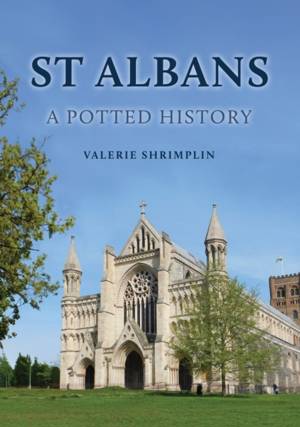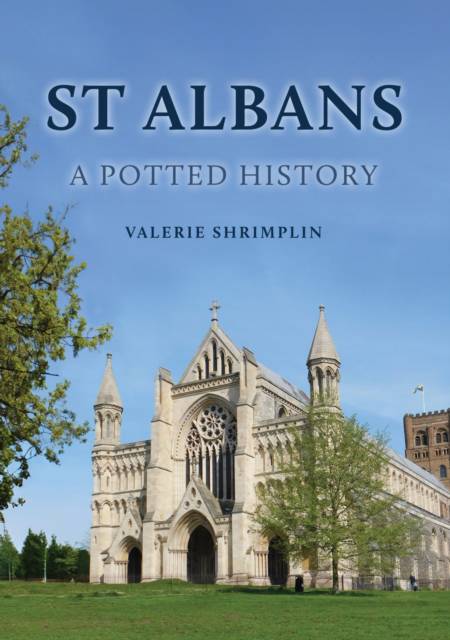
- Afhalen na 1 uur in een winkel met voorraad
- Gratis thuislevering in België vanaf € 30
- Ruim aanbod met 7 miljoen producten
- Afhalen na 1 uur in een winkel met voorraad
- Gratis thuislevering in België vanaf € 30
- Ruim aanbod met 7 miljoen producten
Omschrijving
St Albans has an incredibly varied history and has been directly involved in major historical trends and events in Britain from the Romans to the present day. Under the Romans, Verulamium became the second largest town in Britain. The first British Christian saint, Alban, was martyred there and the Anglo-Saxon abbey built on the site became the principal medieval abbey in the country. The Dissolution of the Monasteries under Henry VIII changed the economy of the town and the landscape changed still further during the Industrial Revolution, the town becoming a city in Queen Victoria's reign. New industries came and went, including the film industry, and today St Albans is moving towards a post-industrialist world, like much of Britain. In so many ways, the history of St Albans is both a microcosm of the history of Britain and also the story of a unique place.
Illustrated throughout, this accessible historical portrait of the transformation that St Albans has undergone through the ages will be of great interest to residents, visitors and all those with links to the city.
Specificaties
Betrokkenen
- Auteur(s):
- Uitgeverij:
Inhoud
- Aantal bladzijden:
- 96
- Taal:
- Engels
- Reeks:
Eigenschappen
- Productcode (EAN):
- 9781398120839
- Verschijningsdatum:
- 28/10/2025
- Uitvoering:
- Paperback
- Formaat:
- Trade paperback (VS)
- Afmetingen:
- 165 mm x 234 mm
- Gewicht:
- 303 g

Alleen bij Standaard Boekhandel
Beoordelingen
We publiceren alleen reviews die voldoen aan de voorwaarden voor reviews. Bekijk onze voorwaarden voor reviews.









